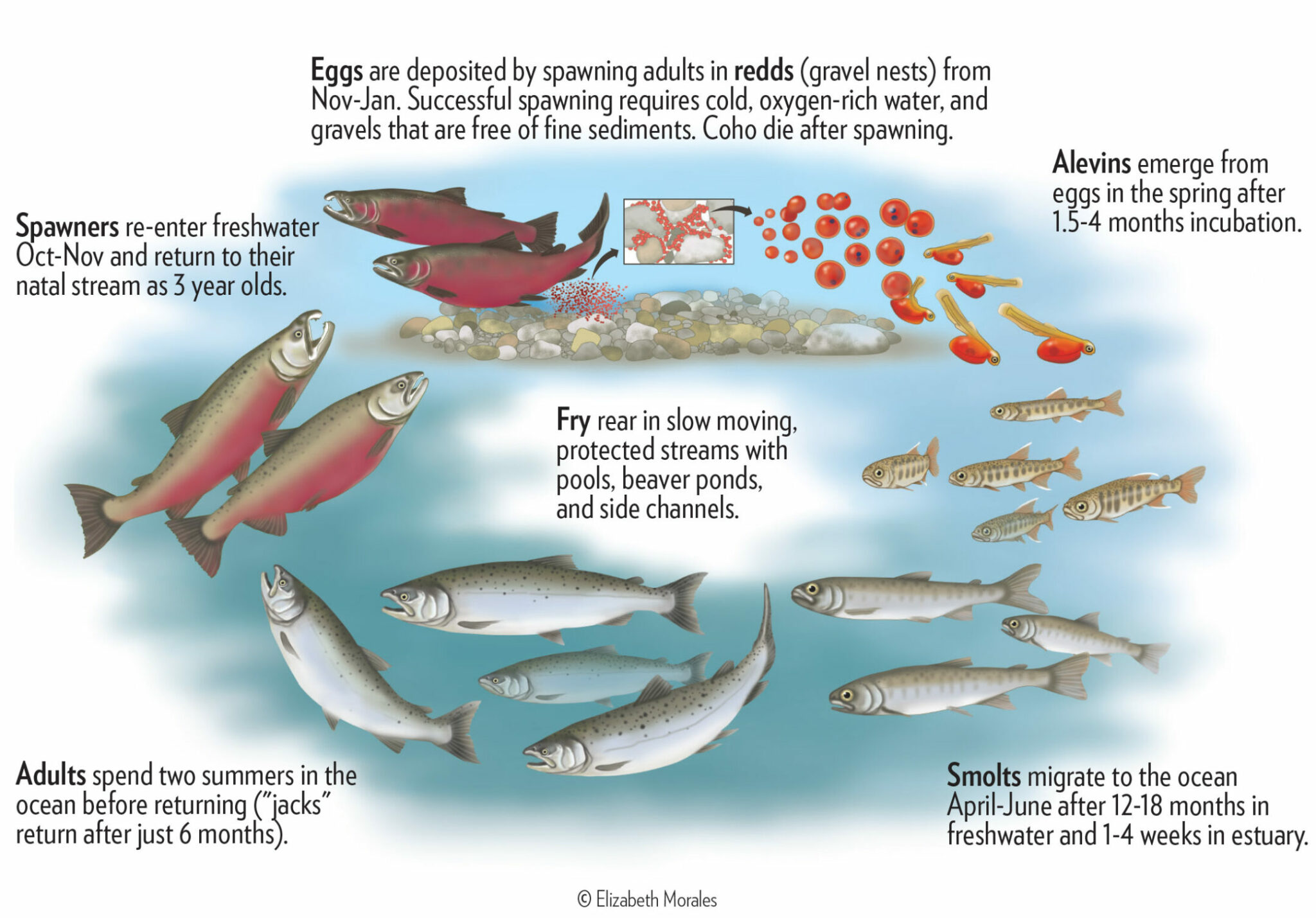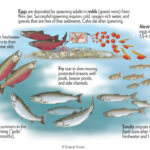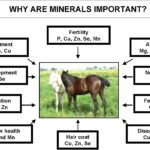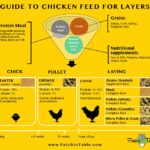
ZOOLOGY
Taxonomic categories
Taxonomy is the science of naming, describing, and classifying organisms. In taxonomy, organisms are arranged into groups based on similarities and differences. These groups are organized in a hierarchical system known as taxonomic categories or taxonomic ranks. Each category is a level of classification, starting from the broadest (most general) to the most specific. Main…
Methods of Statistical Analysis of samples from population T-test, Analysis of Varience.
Statistical analysis is crucial for interpreting data collected from samples to make inferences about a larger population. Two fundamental methods for comparing group means are the t-test and Analysis of Variance (ANOVA). Below is an overview of these methods, their applications, assumptions, and interpretations. t-Test: Comparing Two Means A t-test evaluates whether the means of…
Preparation of Keys for the identification of specimens
Creating identification keys is a fundamental practice in taxonomy, aiding in the accurate classification of organisms based on observable characteristics. Here’s a comprehensive guide to preparing such keys: Types of Identification Keys Steps to Prepare an Identification Key
Gene bank management and operation.Public awareness strategies. Population explosion. Biodiversity action plan for Pakistan
Gene Bank Management and Operation: Gene banks, also known as seed banks or germplasm banks, are crucial for preserving genetic diversity and ensuring the conservation of plant and animal species. Here are key aspects of gene bank management and operation: Collection and Preservation: Gene banks collect and preserve genetic material (seeds, embryos, tissues, etc.) from…
IUCN categories for threatened species, criteria for recognizing different categories of threatened species
The International Union for Conservation of Nature (IUCN) has established a system of categories for assessing the conservation status of species. These categories are used to recognize different levels of threat to species based on specific criteria. The IUCN Red List of Threatened Species is the most widely recognized and comprehensive source of information on…
Baseline study, impact assessment, management plan for protected area Top of Form
Baseline studies, impact assessments, and management plans are essential components of protected area management and conservation. They help establish a clear understanding of the area’s current conditions, assess the potential impacts of various activities, and outline strategies for effective management. Here’s an overview of each: Baseline Study: Purpose: A baseline study is the initial step…
Protected areas of Pakistan. Criteria for determining different categories of protected areas Top of Form
Pakistan has a variety of protected areas designated to conserve its biodiversity, natural landscapes, and cultural heritage. These protected areas are classified into different categories based on specific criteria. Here are some of the major categories of protected areas in Pakistan and the criteria used for their determination: National Parks: Criteria: National parks in Pakistan…
Implementation of laws (protection and conservation of various taxa. Sustainable use of biodiversity Top of Form
Implementation of laws for the protection and conservation of various taxa (groups of organisms) and the sustainable use of biodiversity is essential to safeguard ecosystems, species, and genetic diversity. Here are some key aspects of how laws and regulations are implemented for these purposes: Legislation and Regulations: Governments at various levels (national, regional, and local)…
Inventory and monitoring of biodiversity Importance of Red Data Book:
Inventory of Biodiversity: Inventory refers to the systematic collection of data about the variety and abundance of species and ecosystems within a specific area. This involves identifying and cataloging different species, assessing their population sizes, and documenting their distribution. Monitoring of Biodiversity: Monitoring is an ongoing process that tracks changes in biodiversity over time. It…
Theory of mass extinction
The theory of mass extinction refers to the idea that there have been periods in Earth’s history when a significant proportion of Earth’s species became extinct within a relatively short geological time frame. These events result in a substantial loss of biodiversity. Mass extinctions are characterized by extinction rates significantly higher than the background extinction…
Present rate of species
It is challenging to provide an exact and up-to-date number for the current rate of species on Earth. The total number of species on our planet is not precisely known and is a subject of ongoing research. Scientists estimate that there could be millions of species on Earth, but the majority of them remain undiscovered…
The Extinction of Species
Extinction is a natural process that has occurred throughout the history of life on our planet. However, the current rate of species extinction is far higher than the natural background rate, primarily due to human activities. Here are some key points about the extinction of species: Natural Extinction: Throughout Earth’s history, many species have gone…
How Species Become Endangered?
An endangered species is any plant, animal, fungus, microbe, or other organism that faces the risk of extinction. The primary reasons species become endangered are habitat loss and genetic variation loss. Natural Causes of Habitat Loss: Habitat loss can occur naturally over time. For example, dinosaurs lost their habitat approximately 66 million years ago. The…
To carry on base line study of any designated category
Conducting a baseline study for any designated category, such as a specific ecosystem, region, or project area, involves systematically collecting and documenting relevant data to establish a comprehensive understanding of the current conditions and key characteristics. Here are the steps to carry out a baseline study: A well-executed baseline study serves as a foundation for…
Preparation of an inventory of the fauna given region
Preparing an inventory of fauna (animal species) in a given region is a systematic process that involves collecting data on the various species present. Here are the steps to prepare such an inventory:







